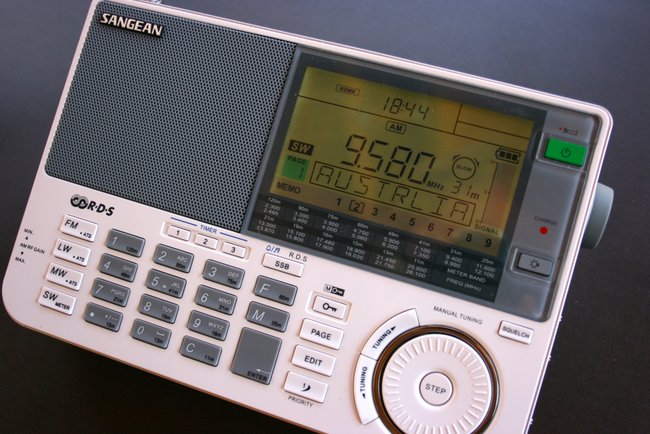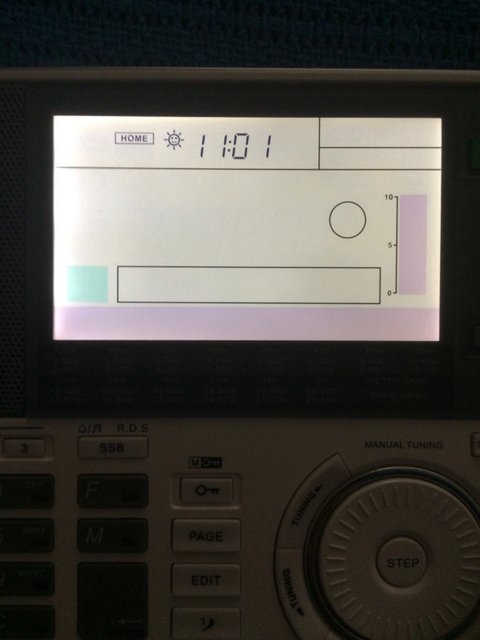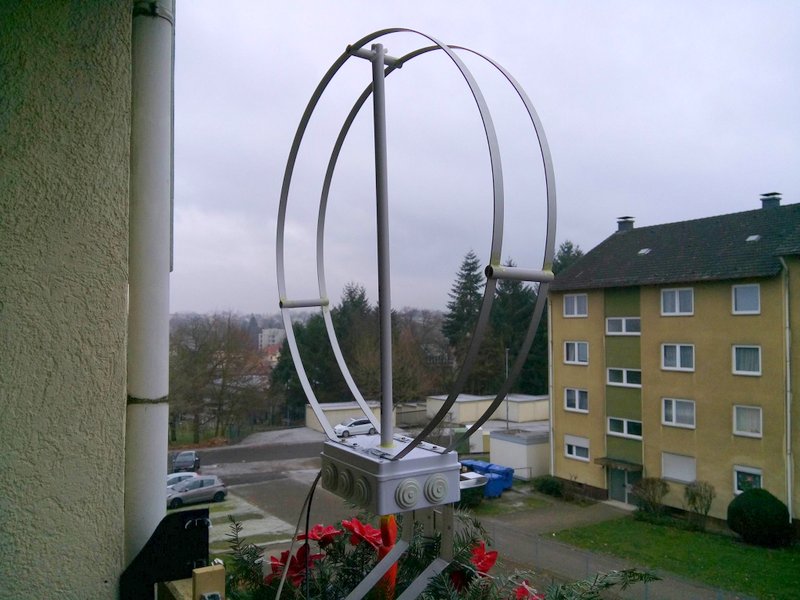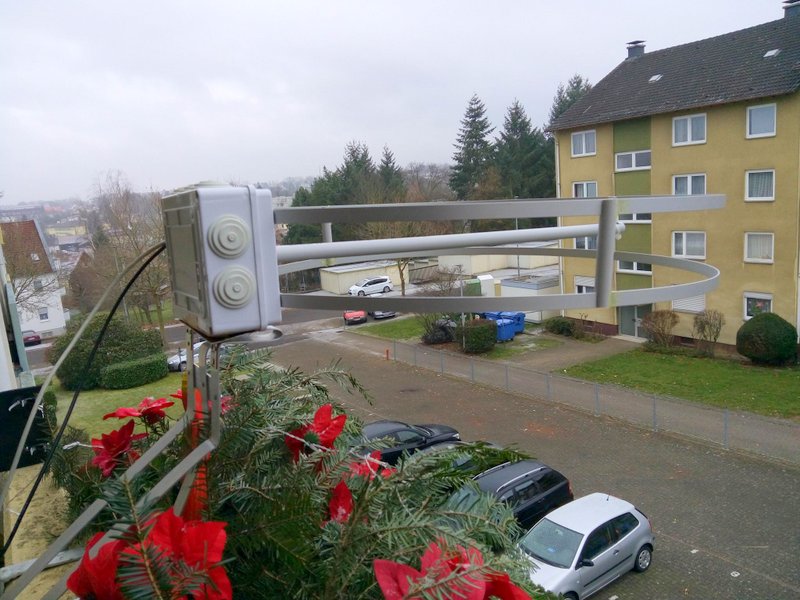
Many thanks to SWLing Post contributor, Avo Ohanian, who writes:
I had read with interest a review on Amazon about a purchaser receiving a Sangean ATS-909X in black with the firmware listed as “P-01”. I can confirm that this is indeed the case and that I am curious as to whether there is more than just a simple firmware revision.
Brief history with my unit: I originally purchased one new (only available in white in Australia factory backed ) in August. The packaging was as I remembered from years ago and the firmware was 1.29. After a few happy months of use sans batteries I decided to slot in some Eneloops . First charge nearly cooked the batteries then the unit refused to charge at all. Back to the retailer.
A few days before Christmas I got a call that a replacement was sent from the distributor and promptly trained it over to pick it up.
First impression is the box is now all white with the new look Sangean logo. This unit is also set for extended FM (76-108 MHz) whereas the old unit started at 87.5MHz. Upon switching on, firmware check showed “P-01”.
Now, differences…
The biggest disappointment for me is the backlight. The old unit backlight had a beautiful even light blue colour across the LCD panel. The new one has a distinctly darker browny tinge on the left and bright bluish rings of light where the LEDs are on the right. I think whatever was behind the LCD display that gave it the uniform light has been removed or moved. I know I used to be able to see some sort of ribbon cable just behind the Page and mode region on the LCD which the new unit does not have. That or quality is an issue….

My partner can’t see any issue with the display but then she is well aware that I am picky.
Mediumwave reception appears to be much better on the new unit, however I do note one static hash frequency at 885 kHz. Seems very narrow and doesn’t affect reception for me. I note the bandwidth is very wide. Even 8/10 stations have a distinct hiss. Nothing major and music clarity is very good because of this but DXing in wide mode can get tiring.
[After] listening to MW for about an hour, the unit drifts about 1kHz down (in 30 deg C heat). During normal operation, you don’t notice it–however, when trying ECSS using SSB it will vary from cold at nearly dead on frequency to dropping to the top cusp of the next lowest kHz when hot. It may be that the old unit was the same but was calibrated slightly higher hence it never dropped a kHz on the display when hot.
LW is of no use in Australia however the new unit does have weak MW images, something I did not note on the old unit. Aircraft NDBs are all there.
SSB. Hmmm. There is a problem as others have noted. First there is quite prominent drift due to heat. The old unit was rock solid and had very, very good ECSS capabilities. The new does appear to be very picky but it is still usable. I think the techs forgot to set the DSP bandwidth to narrow in SSB mode. It seems extremely wide. There is no tune muting though (in any mode) when using the wheel but a careful–finger is needed to get close to zero beat.
Shortwave is hash for me as I live in units where people seem to buy cheap LED RF spewing globes. Ugh. It seems the same as the old unit. It needs AC to get maximum sensitivity. Go battery and there is a definite deafness.
FM is superb. Only difference to the old unit is the stereo decode threshold. The old unit would decode stereo well before RDS. This new unit requires at least 7/10 before decoding stereo. Some fringe stations will get RDS info without ever getting stereo decode. No biggie, [especially since] unit only has one speaker.
I am thinking that the DSP chip has changed on P-01 units as the slight differences in operation and look behind the LCD panel makes me think some re-engineering has been done to the circuit board perhaps to accommodate chip changes.
Happy New Year,
Avo
Thank you for your evaluation of the “P-01” version of the venerable Sangean ATS-909X, Avo.
Post readers: have you also noticed performance differences between legacy and current production ATS-909X models?














